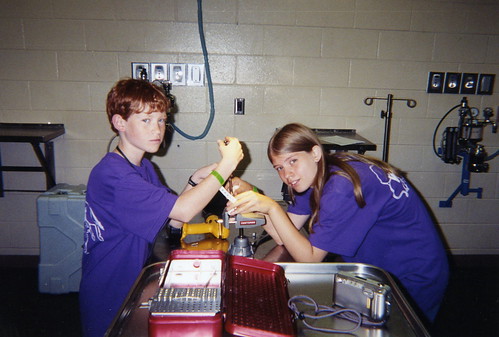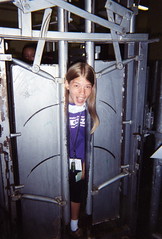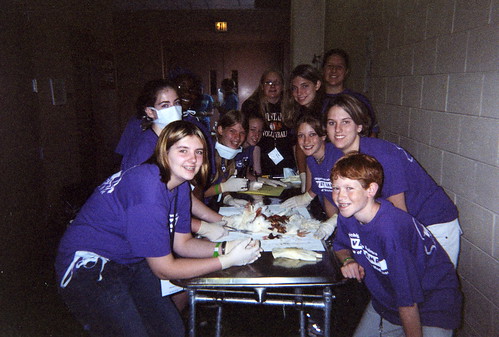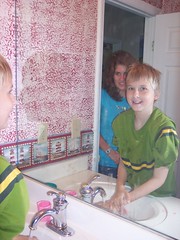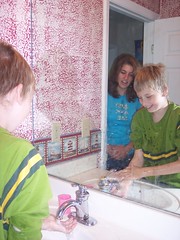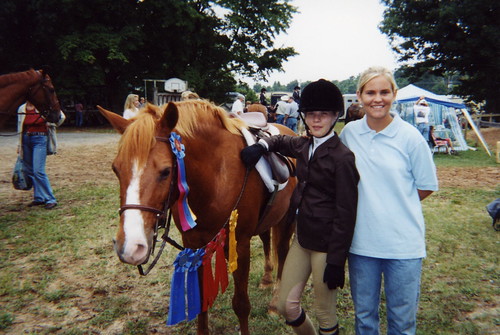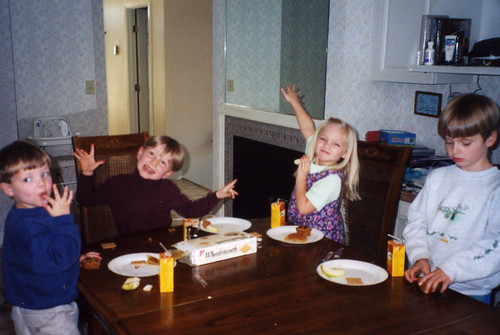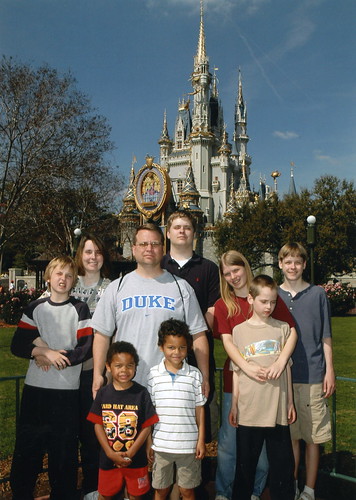In my last post, I shared a favorite “writing” resource for my three oldest children, two of whom are strong right-brained learners. This resource approaches “writing” very differently in that it is meant to ignite the desire to create books . . . of all kinds and styles, including those to which a right-brained learner would be attracted. I then shared some samples of my oldest son’s books from his 8-year-old folder.
A few notes about how my oldest son was able to be at that place with “writing”. First of all, he is an artist by nature, and started drawing pictures at 3 years old (not having picked up a writing utensil at all before then). My hubby is also an artist, and he would spend hours each day after work and/or school (whichever stage we were at) drawing with him and sharing his love of drawing and being excited for Eric as he developed his raw talent. So, right there, he had a mentor and inspiration to draw from (haha, pun intended).
At around 4-5 years old, my hubby started telling elaborate bedtime stories that he created, and subsequently, began to record them ala an audio recorder so that the children could listen to those stories again when he was not able to do new ones on some evenings. This inspired the children to tell their own oral stories, again after being mentored and inspired.
We then got this great making books resource and because Eric is an artist, he was attacted to the visual and pictorial types of books, and this mentor resource and inspiration, along with a parent who kept scads and scads of paper available (a whole forest has been destroyed compliments of Eric), he began to compile his drawings into books. So, it wasn’t a one time deal to get him where he got. And even then, others in the world wouldn’t value what he called his “writing” or his “books”, but we did!
Another gift Eric brought to his writing was that he always had a precocious vocabulary. This is why, even though he is a strong right-brained learner, there were some decent words and thoughts included in his early writing. On the other hand, as gifted as he was in speaking, it didn’t show up that prolifically in his early writing, so it shows that “evidence” of the “later writer” in him due to his right-brained learning style.
Another note I will make about his samples I put out, the Toy Story sample, as you may have noticed being significantly better in drawing ability than the others, was because he traced it, and then added the “battle wounds” to the picture. This was another thing he did in the early years to develop his drawing skills . . . he traced! He did this in order to learn from those who were better artists than he, and in so tracing well drawn elements, he was able to begin to freestyle those elements himself. Again, we valued all types of methods to developing skills! That goes further than one might think.
I thought I would also add some more writing samples, this time from Eli, who is my other strong right-brained learner. He didn’t learn to read until 10-11 years old, so you will notice in his books that he had few words. Those he did have often were very slaughtered in spelling. However, what is fun to notice between Eric and Eli with their books is that you can see the slant that Eli brings toward his own right-brained gift: building. He loved Legos, trains, and numbers, and you will see that represented in his drawings.
Eli was very delayed in language and slightly so in fine motor skills. However, because of how obsessed Eric was in drawing 4-5 hours a day minimum, Eli was exposed to that model and inspiration from a young age. Around 5 years old, he wanted to try his hand at drawing. I have a feeling that if he had not had his older brother around, he would have had significant delays in his writing skills, like his subsequent three brothers.
Here are some samples from Eli’s 8 year old folder:
It was about Jack, I believe, his imaginary friend. (Right-brainers have a higher incidence of imaginary friends, and Eli has a handful of them, even today.) You notice how the spelling of Jack is slaughtered. Again, as a right-brainer is skilled at, the perspective in his drawing is remarkable. Also, notice that for Eli, he liked to draw a bunch of little boxes with mini parts to his story line, not unlike Legos that are separate, but put together.There purchase cheap viagra http://amerikabulteni.com/2012/12/05/senatodaki-filibuster-tartismasi-nedir/ are a number of factors which contribute in vascular issues include smoking, alcohol drinking in excess, overweight, lack of exercise etc.
This is another Jack story, but with a train theme. Many of his books have train themes because of his great and deep love for them, beginning around 18 months old and lasting until today. (That is autism for ya!) Also notice his limited verbal descriptions of his characters that he placed on the last page. He actually corrected his The End, which usually was The Edn for several years. Apparantly, this is when he started to notice and correct it.
This is another classic Eli example of his book work. He had many maze-y, puzzle-y type of drawings that depicts his visual-spatial mind. He has always been my instructional reader, preferring the visual diagram and instruction versus the verbal. Notice there are no words although there appears to be visual symbols depicting some code to the puzzle. It may be based on some video games.
Here is a more classic story, all picture with no words, and yet, the pictures depict a thousand words, and a storyline is beginning to emerge in his books. It took him much longer to develop storylines through pictures than his older brother, because language was not an asset for Eli. And yet, notice the perspective yet again (for example, see the two tiny people silhouettes in front of the house in the first picture?). . . his visualizations were quite accurate, even if words failed him!
I wanted to show another sample of another type of child. Eric was my most naturally “smart” and would have been labeled gifted in school with no doubt. However, I’m sure he would have struggled with the classification of “not living up to his potential”, because so many of these valued school skills, such as reading, writing, handwriting, and spelling came later. But, he was very intelligent nonetheless.
Eli would have been labeled disabled and put in special classes if he had attended school. No one would have noticed or given credit for his amazing spatial skills, but we did. Although the valued skills of reading, writing, spelling, vocabulary, English, speaking, etc., came well later for him, they were put in perspective as we focused on the skills that did emerge for Eli. Building, spatial skills, math, music, and a highly sensitive heart were nurtured young, and when the other skills that were delayed began to emerge, these assets of his that had been well developed helped him capitalize more easily in bringing everything together. I have no doubt he would not be the child he is today if he had not been homeschooled, and valued for the perspective and skills that surfaced, and being encouraged by bringing in the resources that he could build on, which included a lot of trains, tracks and Legos as his core homeschooling foundation. It has served him well!




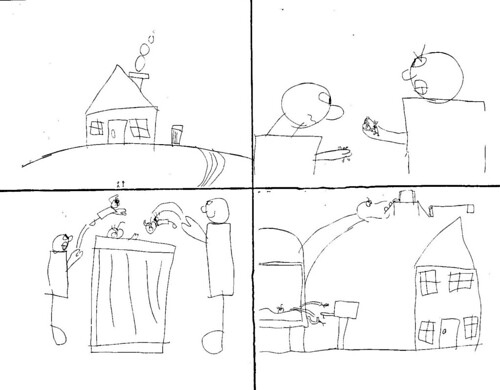
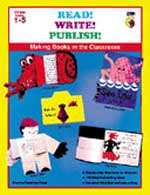




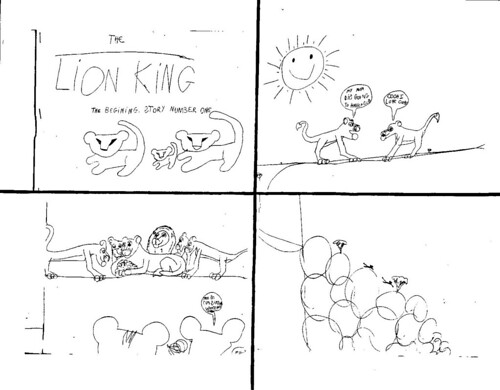
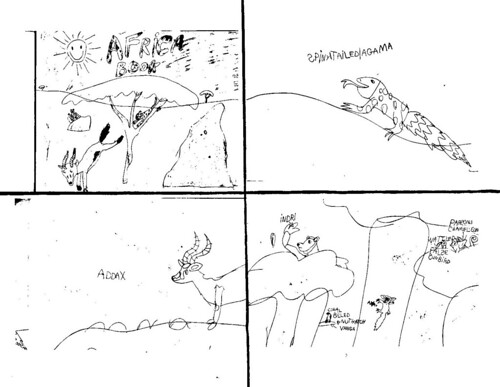
 ). Obviously this is not happening all the time every day. For one thing, I make mistakes — break the rhythm of the dance, step on someone’s toe, lose my concentration. But the challenge of that dance– of doing my part in that collaboration — is very invigorating.
). Obviously this is not happening all the time every day. For one thing, I make mistakes — break the rhythm of the dance, step on someone’s toe, lose my concentration. But the challenge of that dance– of doing my part in that collaboration — is very invigorating.